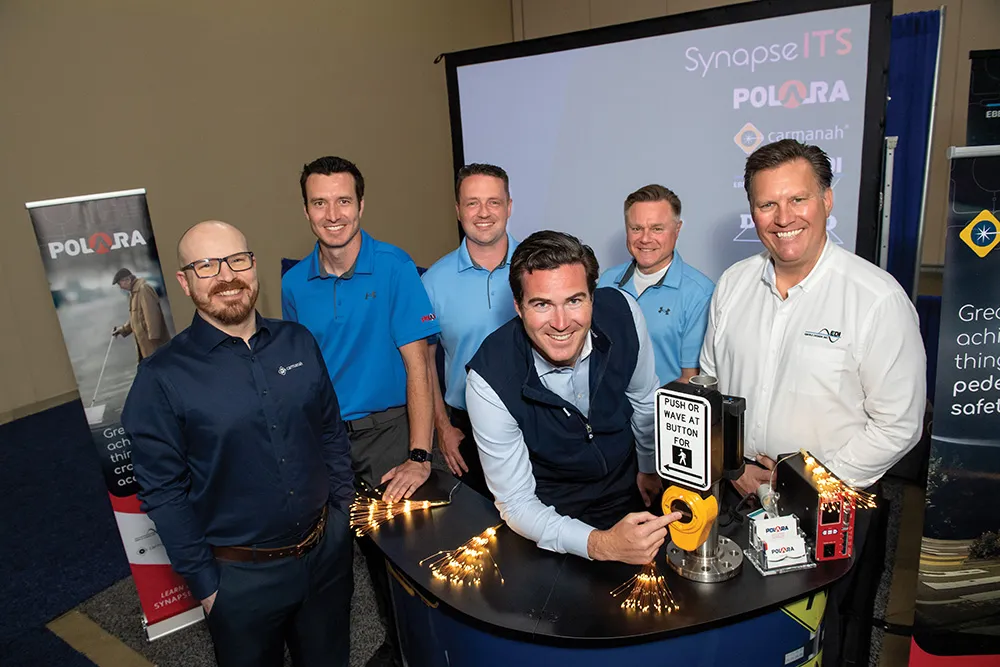The latest technology in crosswalk warning systems, the solar-powered R920 rectangular rapid flashing beacon (RRFB), has been launched by Carmanah Technologies. The pedestrian-actuated system provides a high-intensity rapid flash pattern to alert vehicles approaching a crosswalk that pedestrians are present. The US Federal Highway Administration (FHWA) has issued an interim approval of the RRFB within the Manual of Uniform Traffic Control Devices (MUTCD). “The design and performance of this new product pres
September 12, 2012
Read time: 1 min

The latest technology in crosswalk warning systems, the solar-powered R920 rectangular rapid flashing beacon (RRFB), has been launched by 1034 Carmanah Technologies. The pedestrian-actuated system provides a high-intensity rapid flash pattern to alert vehicles approaching a crosswalk that pedestrians are present.
The US831 Federal Highway Administration (FHWA) has issued an interim approval of the RRFB within the Manual of Uniform Traffic Control Devices (MUTCD). “The design and performance of this new product presents low power demands, which provides the opportunity to deliver a very compact, cost-effective solar solution that meets or exceeds standards,” says Carmanah’s CEO, Bruce Cousins.
The US










